A strong chest is essential for overall strength and functionality. The chest muscles, primarily the pectoralis major and minor, are responsible for pushing movements, which are used in daily activities like lifting, pushing, and even playing sports. A good chest workout not only enhances strength but also improves posture and builds a balanced physique.
A home gym is a convenient place to work on building a strong chest, with the right exercises and equipment. Whether you have limited space or a fully equipped setup, you can target your chest muscles effectively. Here’s a detailed guide to creating a home gym workout for your chest, using minimal equipment or more advanced tools.
Push-Ups (Bodyweight Exercise)
Push-ups are a classic bodyweight exercise that targets the chest, shoulders, and triceps. They are versatile and can be modified to increase or decrease intensity based on your fitness level.
How to Perform Push-Ups for Chest
- Start in a high plank position with your hands slightly wider than shoulder-width apart and feet together.
- Lower your body by bending your elbows while keeping your body in a straight line from head to heels.
- Push your body back up to the starting position.
- Aim for 3 sets of 10–15 reps, depending on your strength.
Modifications:
- Incline Push-Ups: Place your hands on a raised surface like a bench or step for an easier variation.
- Decline Push-Ups: Place your feet on a raised surface to increase the challenge.
Chest Press with Dumbbells
Dumbbell chest presses are one of the best exercises for building chest muscles. They engage both the pectoralis major and minor. This exercise also helps to improve stability and balance by requiring each arm to work independently.
How to Perform a Dumbbell Chest Press:
- Lie flat on a bench or the floor with a dumbbell in each hand.
- Hold the dumbbells above your chest with arms extended.
- Lower the dumbbells toward your chest by bending your elbows.
- Push the dumbbells back up until your arms are fully extended.
- Perform 3 sets of 8–12 reps.
Tips and Tricks: Keep your elbows at a 45-degree angle from your body. Avoid arching your back or flaring your elbows out too much.
Chest Flys with Dumbbells
Chest flys isolate the chest muscles more than presses. This exercise is great for stretching the chest muscles and increasing flexibility. You can do them lying on a bench or the floor.
How to Perform Chest Flys:
- Lie flat on your back on a bench or the floor with a dumbbell in each hand.
- Hold the dumbbells directly above your chest, palms facing each other.
- Slowly lower the dumbbells out to the sides, keeping a slight bend in your elbows.
- Bring the dumbbells back together by squeezing your chest.
- Perform 3 sets of 8–12 reps.
Tips: Control the movement on the way down. Avoid locking your elbows or letting the dumbbells drop too low.
Bend Dumbbell Press
An incline dumbbell press targets the upper part of the chest. It’s important to hit all parts of the chest for balanced growth and strength. Adjust the bench to a 30-45 degree incline to effectively target the upper pectoral muscles.
How to Perform an Incline Dumbbell Press:
- Set your bench to a 30–45 degree incline and sit on it with a dumbbell in each hand.
- Hold the dumbbells at shoulder height with your elbows bent.
- Push the dumbbells upwards, straightening your arms.
- Lower the dumbbells back down to your chest level.
- Perform 3 sets of 8–12 reps.
Tips: Don’t let your shoulders be rounded forward. Keep them back during the entire movement. Keep your wrist neutral to prevent strain.
Decline Dumbbell Press
Decline presses focus on the lower portion of your chest. This movement helps create a more defined chest by targeting the lower pectorals. If you have a bench, set it to a decline position. If not, you can also perform decline push-ups.
How to Perform Decline Dumbbell Press:
- Set the bench to a decline position (approximately 15–30 degrees).
- Hold a dumbbell in each hand, and lie down on the bench.
- Keep your arms at a 45-degree angle from your body and press the dumbbells up.
- Lower the dumbbells back down to the chest and repeat.
- Perform 3 sets of 8–12 reps.
Tips: Focus on controlled movement and don’t rush the exercise. Keep your feet secured to prevent your body from sliding during the movement.
Dumbbell Pullover
The dumbbell pullover is a great exercise for targeting the chest, especially the upper portion near the shoulders. It also works the back, making it a good full-body exercise.
How to Perform a Dumbbell Pullover:
- Lie on a flat bench with your feet flat on the floor.
- Hold one dumbbell with both hands above your chest, arms slightly bent.
- Slowly lower the dumbbell behind your head, keeping your elbows slightly bent.
- Bring the dumbbell back up to the starting position, focusing on using your chest muscles.
- Perform 3 sets of 10–15 reps.
Tips: Don’t let your lower back arch. Keep your core tight for stability. Control the movement both on the way down and up.
Chest Dips
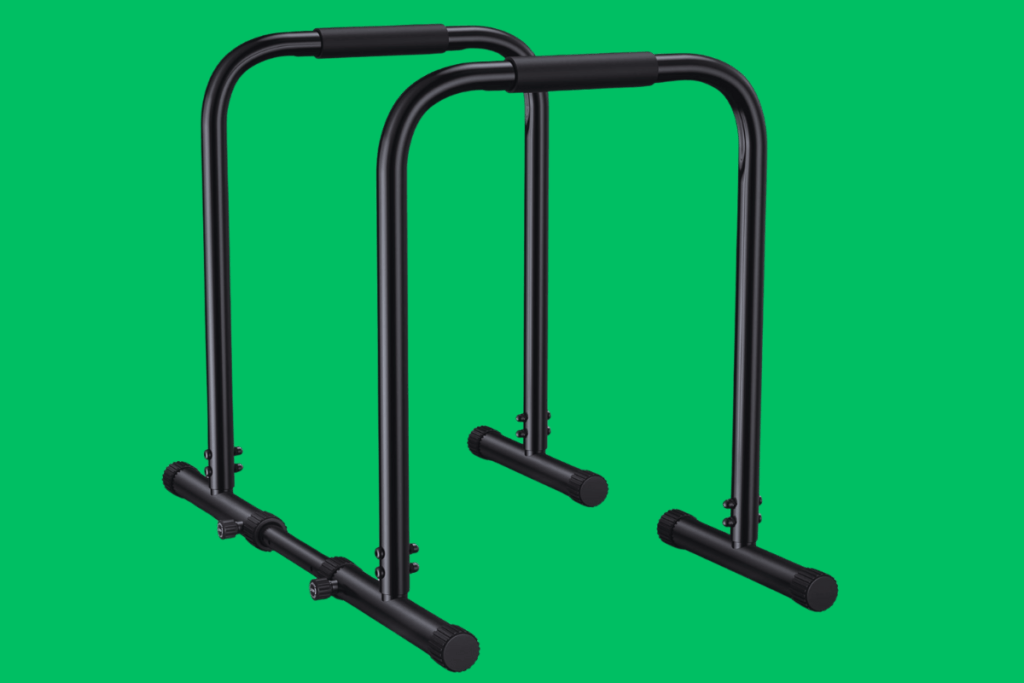
If you have access to parallel bars or dip bars, chest dips are one of the best exercises to build chest strength and definition. They target the lower chest and are a fantastic bodyweight movement.
How to Perform Chest Dips:
- Place your hands on the dip bars with your arms straight.
- Lean slightly forward and lower your body by bending your elbows.
- Push your body back up to the starting position by straightening your arms.
- Perform 3 sets of 8–12 reps.
Tips: Keep your body slightly tilted forward to engage the chest more. Don’t dip too low; stop when your upper arms are parallel to the floor to prevent shoulder strain.
Resistance Band Chest Press
Resistance bands are an excellent tool for home workouts. They provide continuous tension throughout the movement, which can lead to greater muscle activation in your chest.
How to Perform a Resistance Band Chest Press:
- Secure a resistance band to a door or any stable surface.
- Grab the handles and stand facing away from the anchor.
- Hold the handles at chest level with your elbows bent.
- Press the handles forward, extending your arms until they are straight in front of you.
- Slowly return to the starting position.
- Perform 3 sets of 12–15 reps.
Tips: Keep your core tight throughout the movement. Adjust the tension by stepping further from the anchor point.
Standing Chest Flys with Resistance Bands
Similar to the chest flys with dumbbells, resistance band chest flys target the chest muscles with constant tension.
How to Perform Resistance Band Chest Flys:
- Stand with feet shoulder-width apart and hold the handles of the resistance band in each hand.
- Position your arms outstretched to each side, elbows slightly bent.
- Slowly bring your arms together in front of your chest, focusing on squeezing the chest muscles.
- Return to the starting position with control.
- Perform 3 sets of 12–15 reps.
Tips: Keep a firm grip on the handles and control the speed of each repetition. Engage your chest muscles rather than relying on your arms to perform the movement.
Plyometric Push-Ups
For an added challenge and to increase chest strength, try plyometric push-ups. This explosive exercise improves power and muscle activation in the chest.
How to Perform Plyometric Push-Ups:
- Start in a regular push-up position.
- Lower yourself to the ground, and then push up with enough force to lift your hands off the ground.
- Land softly and immediately go into the next push-up.
- Perform 3 sets of 8–10 reps.
Tips: Keep your core tight to maintain proper form. Ensure you have enough space to perform the exercise safely.
Conclusion
Building a strong chest doesn’t require fancy machines or long hours at a commercial gym. With the right approach, your home gym setup—whether it includes dumbbells, resistance bands, or just your body weight—can deliver real results. These exercises are designed to help you boost strength, increase muscle definition, and build a powerful upper body right from home.
Don’t forget to warm up before each session and cool down after to prevent injuries and support recovery. As always, proper form and consistency are key. Make these chest workouts a regular part of your routine, and you’ll start seeing and feeling the difference.
Want more home workout tips, equipment reviews, and fitness motivation?
Subscribe our free newsletter and get expert advice delivered straight to your inbox every week.

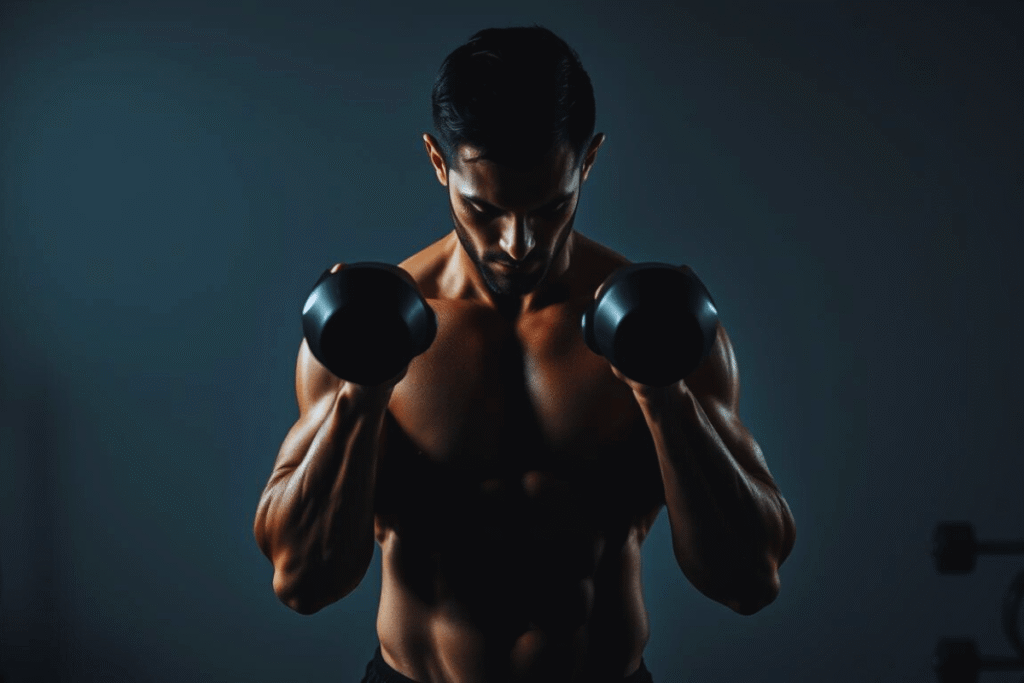
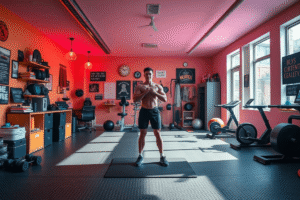


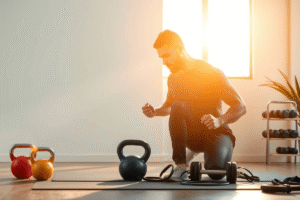
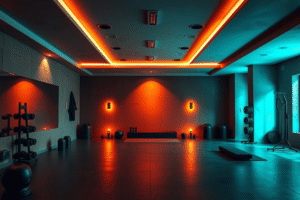
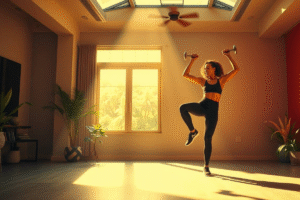
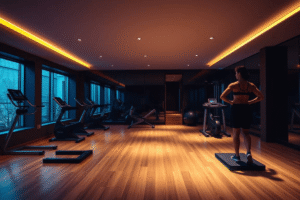

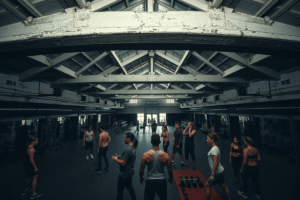
2 Comments
Trotz dieser Vielfalt gibt es allerdings keine Würfelspiele,
was für einige Spieler einen kleinen Minuspunkt darstellen könnte.
In der Kategorie Tischspiele ist die Auswahl vielseitig genug,
um eine breite Spielerschaft anzusprechen.
Es gibt zudem Unterkategorien, die das Navigieren erleichtern und es ermöglichen, direkt auf bestimmte Spieltypen oder bevorzugte Funktionen wie Freispiele oder Bonus-Features zuzugreifen.
Und zwar bekommen neue Spieler im Casino Freispiele als Teil des Willkommensbonus.
Die oben aufgeführten Boni sind nicht die einzigen Bonusangebote, die Sie als Spieler bei Vulkan Vegas erhalten können.
Wenn Sie also kostenloses Geld zum Spielen von Automaten und Tischspielen haben wollen, dann
lesen Sie weiter. Wer einfach nur ein bisschen gratis spielen will, kann sich
hier gut austoben.
Von Spielangebot und Providern über den Kundensupport bis hin zu Zahlungsmöglichkeiten und Bonusangeboten –
ich habe jeden wichtigen Bereich genau unter die Lupe genommen.
References:
https://online-spielhallen.de/locowin-casino-deutschland-dein-umfassender-guide/
Vorbehalten für Mitglieder mit Gold-Status und höher, bietet sie High-Stakes-Tischspiele, eine Privatbar, und männliche Gäste dürfen nur mit Jackett eintreten. Damit war
auch die vorläufig letzte Blütezeit des Spielcasinos vorüber.
Mit seiner beeindruckenden Architektur und seinem exklusiven Ambiente bietet
das Casino ein einmaliges Spielerlebnis. Spieler aus der ganzen Welt treffen sich, um ihr Können unter
Beweis zu stellen und um hohe Preisgelder zu spielen.
Nach dem modernen Amerikasaal gelangen Sie in den eleganten und hellen Weißen Saal, der
einst als Lese- und Entspannungsraum diente. Jahrhunderts, wie der Europasaal
mit seinem imposanten Glasdach, den acht Kronleuchtern aus böhmischem Kristall und den Werken von Picard, Steck, Lucas und Ribera.
Das Herz des Kasinos schlägt auch im Rhythmus der Kunstwerke,
die es beherbergt. Am Eingang befindet sich ein wunderschönes Atrium, das mit Marmor gepflastert und mit 28 ionischen Säulen versehen ist.
Schon seine Fassade verspricht eine ganz besondere Welt.
References:
https://online-spielhallen.de/gizbo-casino-bewertung-ihr-umfassender-leitfaden/